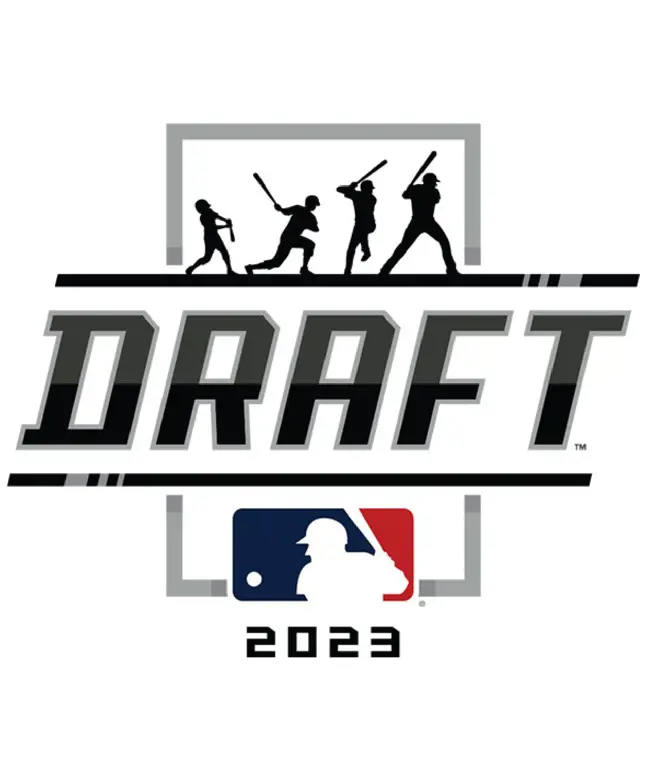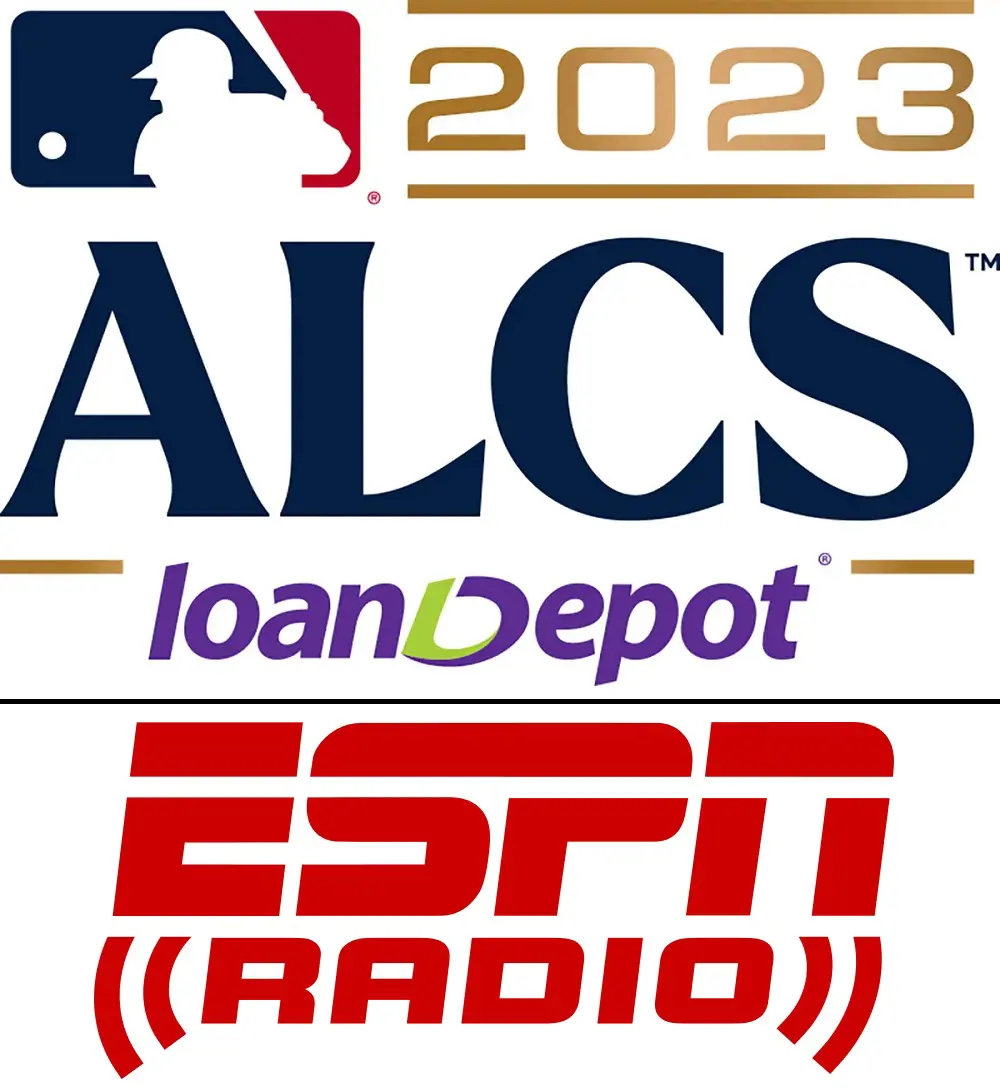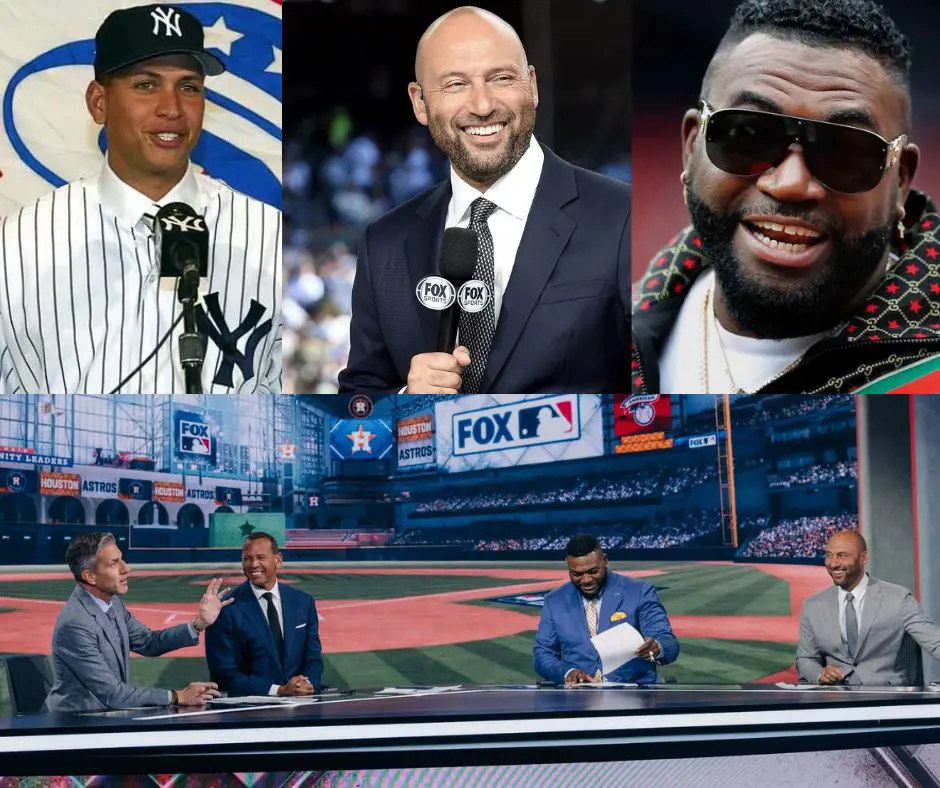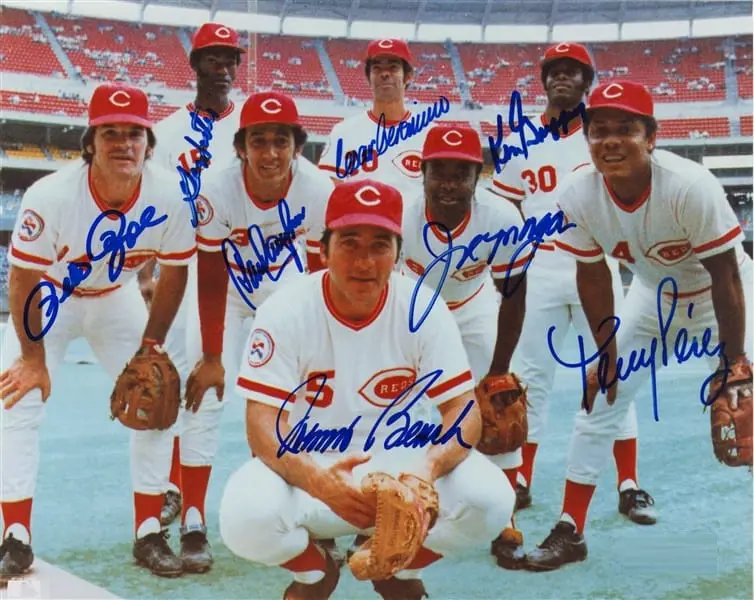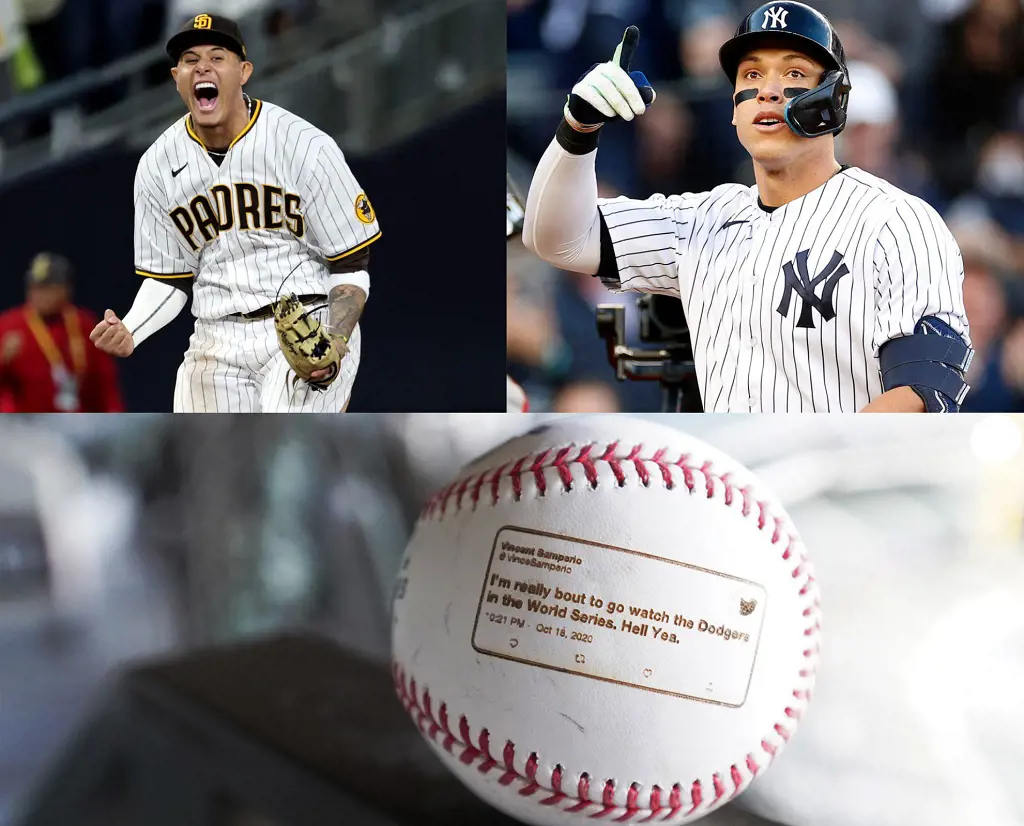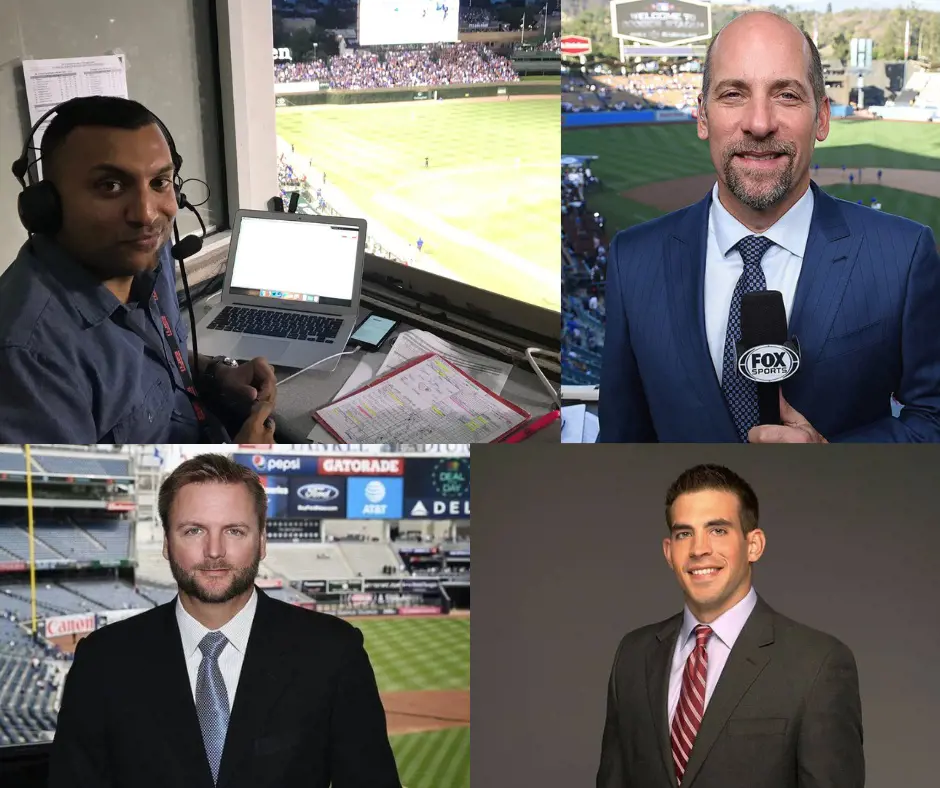MLB Draft eligibility rules state the minimum age of 17 for entrants. They must not have signed a minor or major league contract before.
The 2023 MLB Draft is all set to take place from July 9-11 in Seattle. There will be 20 rounds of draft sessions and an extra compensatory round.
In the compensatory round, players who did not sign in the 2022 draft will be picked by Chicago Cubs, San Francisco Giants, and Atlanta Braves.
Pittsburgh Pirates have the 1st overall selection in the draft as they won the inaugural MLB Draft Lottery in December 2022. Likewise, Washington Nationals and Detroit Tigers have the 2nd and 3rd overall pick respectively.
As the MLB teams are ready to pick the new amateurs for the season, the eligible entrants are anxiously waiting for the highly esteemed day.
MLB Draft Requirements
There are various requirements for a player to follow in order to be eligible for the MLB draft. The set of rules is mentioned below:
- The entrant must be at least 17 years old and should not have signed an MLB or minor league contract.
- A high school graduate with an early diploma prior to turning 17 is eligible for selection if he turns 17 no later than 45 days after the draft.
- A player released from a four-year college for academic reasons less than 120 days prior to the draft is eligible for selection. However, he must have taken the consent of the MLB Commissioner.
In terms of player selection, any team is not permitted to pick a player in the Rule 4 Draft two years in a row. That can be changed if the player gives his approval in advance.
Also, a high school entrant can have his name removed from draft eligibility in that particular Rule 4 Draft if he notify the authority in advance.
With so many rules to care for, one more thing to follow is that the MLB will not treat a player's GED as equivalent to a high school diploma.
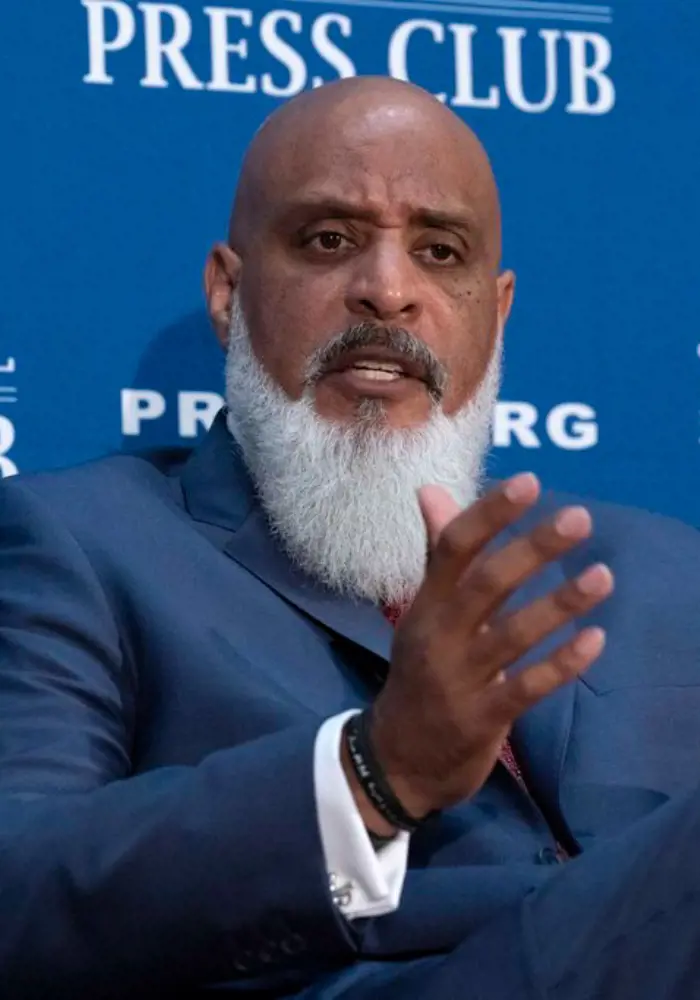
MLB and the MLB Players Association agreed on a new collective bargaining agreement (CBA) on March 10, 2022. Per the CBA, the new rules of operations started with the regular 2022 MLB season on April 7.
The new CBA had fixated rules and benefits for the next five years, focusing o the players and the league's profits.
As the CBA closed that time's ongoing lockout, it helped in increasing the minimum salaries of the players with a provision of a new pre-arbitration bonus pool to reward the top young players in the game.
Similarly, there has been a rise in competitive balance tax thresholds for the team and the introduction of a draft lottery for the best part.
As the new MLB CBA is a big deal, the concerned bodies in the league are working on the strict implementation of new rules and regulations.
MLB Draft Eligible Players
There are many pools of eligible players to enter an MLB Draft. The following requirements are for college players hoping to enter MLB:
- A college player must have never signed a major or minor league contract.
- A player at four-year colleges and universities is eligible only after three years of enrollment.
- They should be 21 years old at the time of the draft.
- However, the age bar does not apply to junior and community college players. They are eligible to be drafted at any time.
Hence, the minimum age limit for a college player to join the MLB draft is 19 after a year of their junior year. Meanwhile, the maximum age for the same college player is undisclosed.

On the other hand, the MLB draft rules say that the minimum eligibility age for college players of certified four-year institutions is 21.
The rule indicates that the player must have attended three years of the university while they may still choose to join the draft next year when they turn 22.
Therefore, MLB draft rules vary in different situations. A player who dreams of playing in the Major League must know such stipulations before declaring for the draft.
LSU Tiger's pitcher Paul Skenes and outfielder Dylan Crews are the top two prospects for the 2023 MLB Draft. A total of 70 amateur players will be drafted for the upcoming MLB season.
New MLB Draft Rules And Rule 4 Draft
MLB and MLBPA's new 2022 collective bargaining agreement introduced the First-Year Player Draft, also known as the MLB Rule 4 Draft.
Rule 4 has been reigning over the draft since 2022 and will take action this year as well. Rule 4 established the twenty rounds-system of the annual MLB draft.
The following pointers are the major rules to be noted from Rule 4 for draft management:
- The draft will be held between June 1 and July 20.
- Draft orders from Rounds 2 to 20 will be based upon the inverse order of winning percentages from the previous season.
- Draft order for the first six picks will be determined by a lottery for the first round only. Only the 18 clubs that did not make it to the post-season in the previous season are allowed to participate in the lottery.
- Draft order for the other twelve clubs that did play in the post-season in the previous season will be determined by the club's elimination contention date and its revenue-sharing and/or tax status.
- The four Wild Card round losers will select No. 19 to No. 22, the four League Division Series losers will draft No. 23 to No. 26, the two League Championship Series losers will select from No. 27 and No.28, the World Series loser will select No. 29, and the World Series winner will select No. 30.
- Within the above-mentioned groups, the draft order will be determined by the club's revenue-sharing funds for a higher pick and Competitive Balance Tax for a lower pick. A club that has received neither revenue-sharing funds nor paid a CBT will take the middle pick.
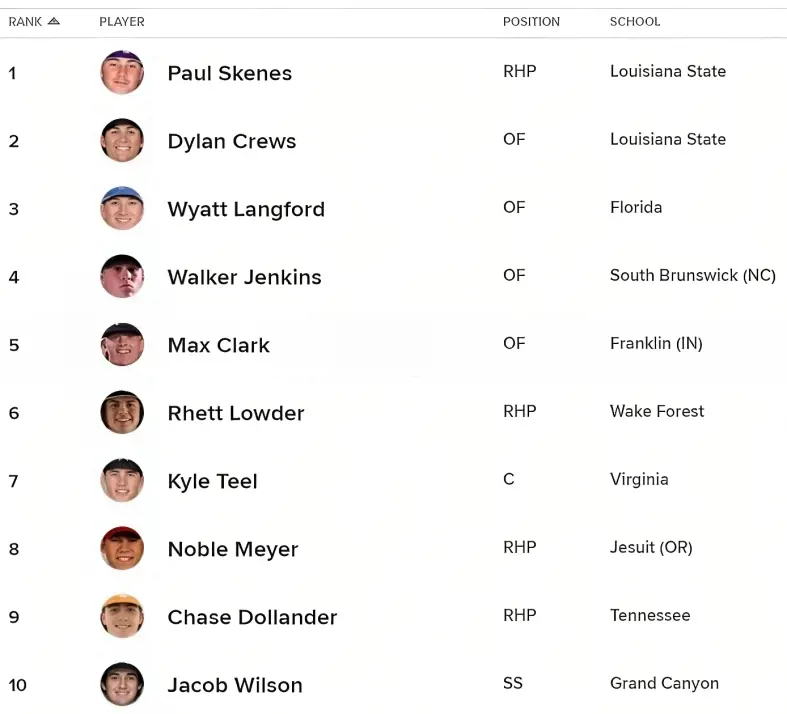
Another set of rules for the players' eligibility in terms of nationality is mentioned below:
- Only the players from Canada (resident for at least one year)), the United States, and the U.S. territories are eligible for the draft.
- In the case of non-residents of the above-mentioned territories, a player must have been enrolled in a high school or college in a U. S. state or territory or Canada within the previous year.
Note: High School in the American school system is equivalent to secondary school in Canada.
Similarly, a player selected in the Rule 4 Draft will be declared a free agent if he is not offered a contract by the signing deadline.
On the other hand, a player eligible for selection in the Rule 4 Draft but did not get drafted can sign with any club after the end of the draft. However, the time limit is one week prior to the next Rule 4 Draft.


